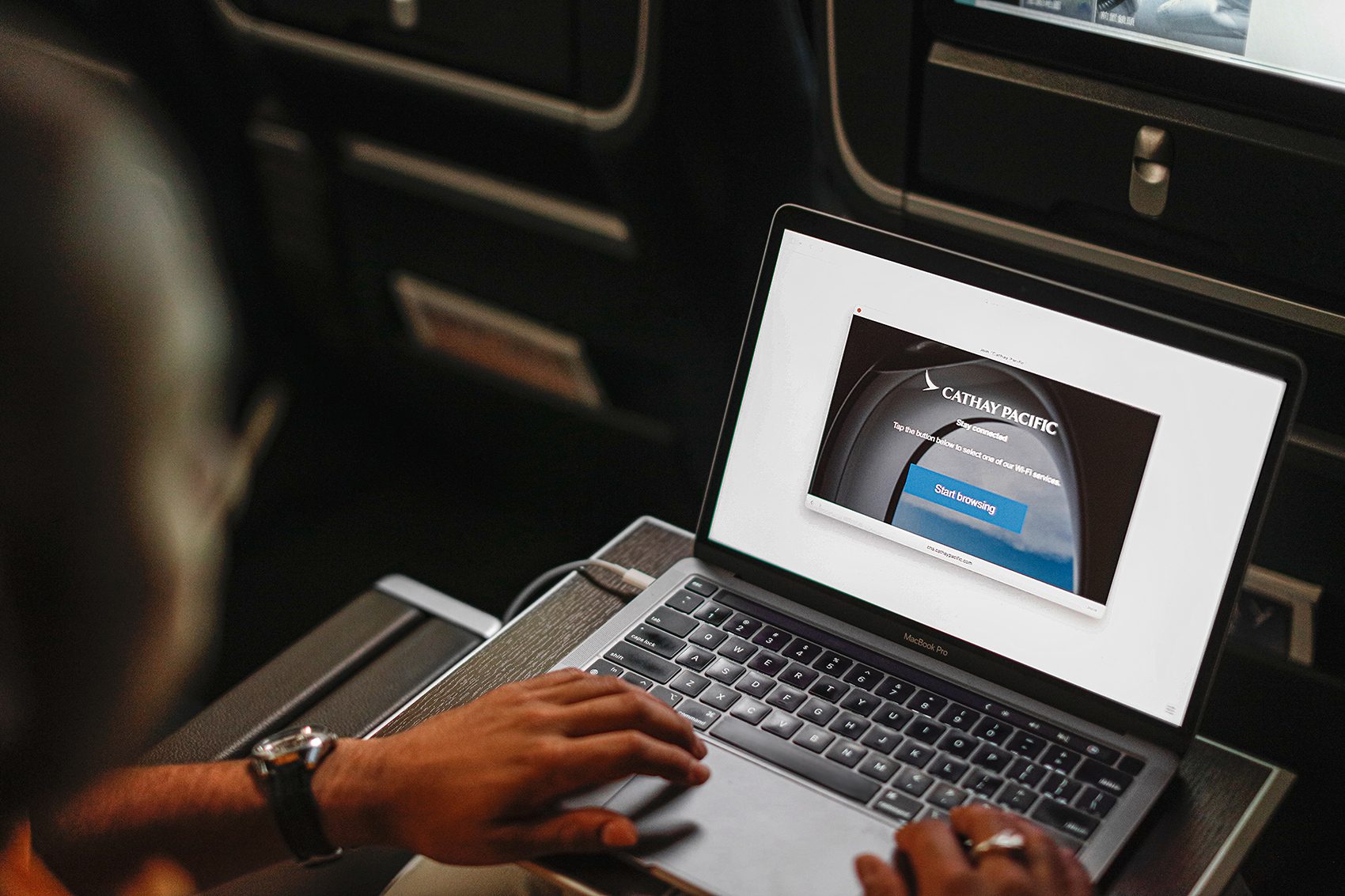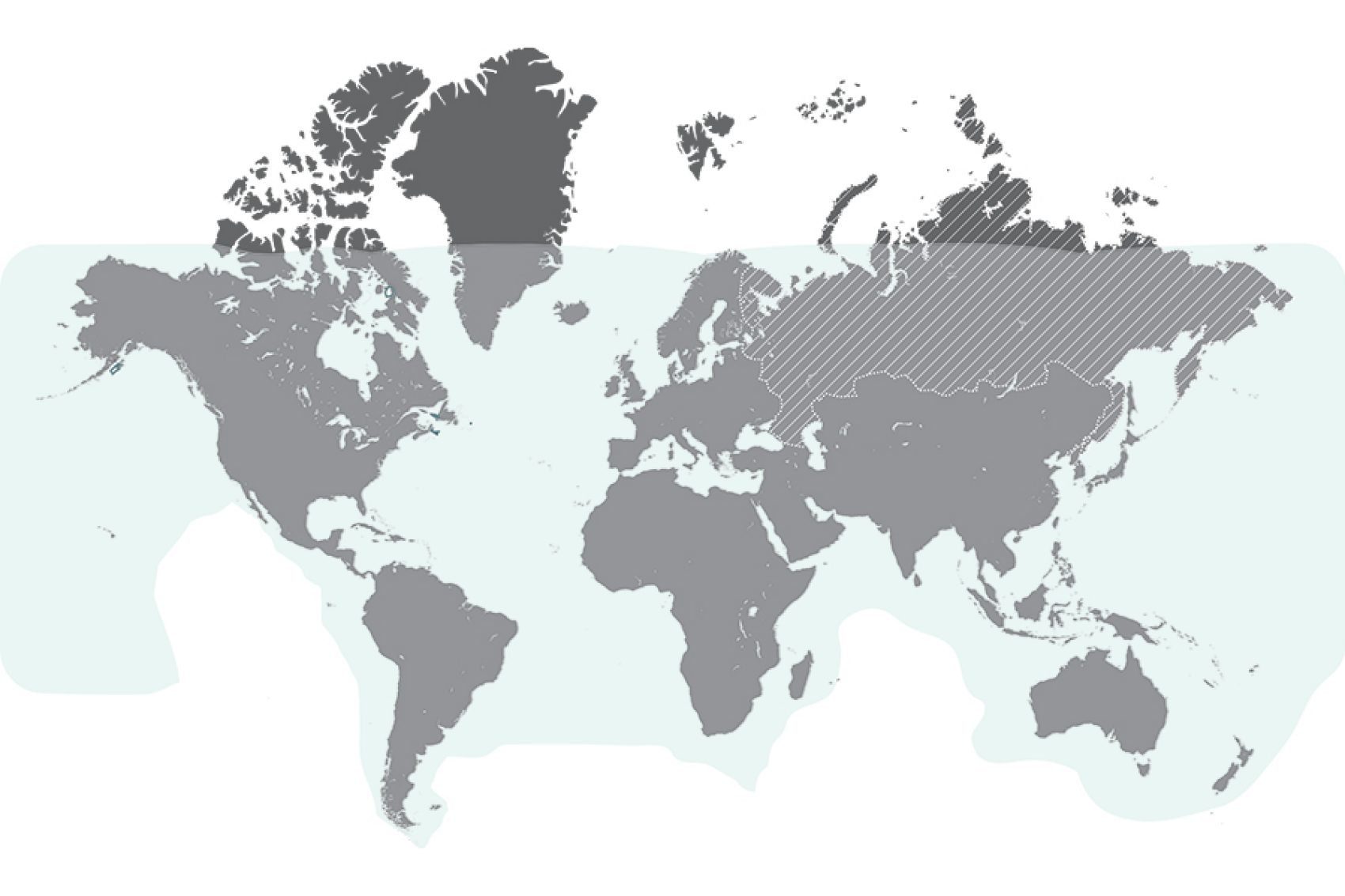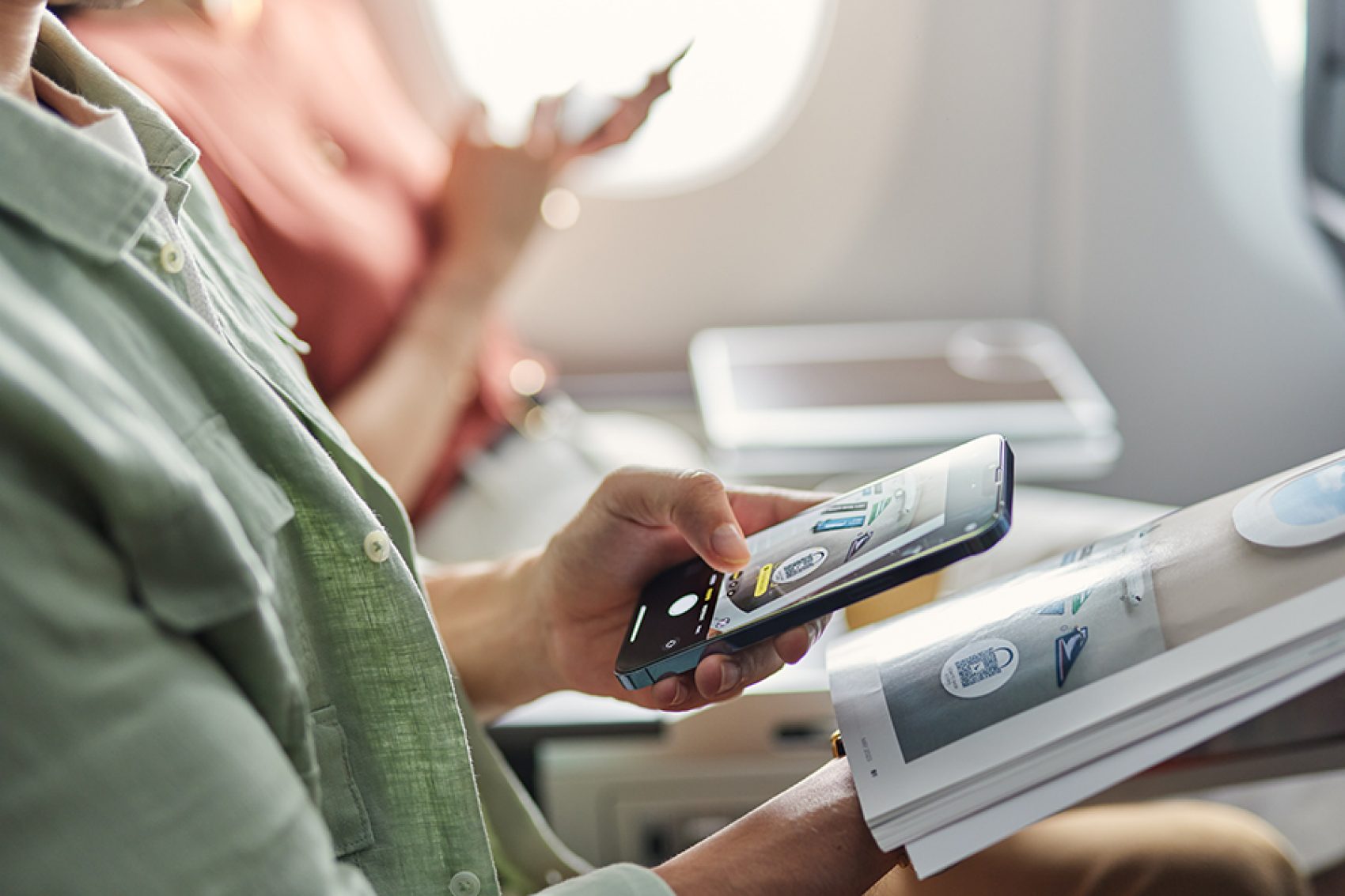Better connected: how inflight wifi works

We’re proud of our inflight connectivity, but there are things that can make the experience a little inconsistent. The good news is that with new technology, improvements can come thick and fast.
Let’s start with some context. Inflight Wi-Fi was developed at the start of the century, led by the US, where most flights are domestic and over land, which made connecting with cellular towers on the ground straightforward. As demand grew, with more people wanting to browse the web and use more intensive apps like social media, so did the pressure on bandwidth. Plus without ground stations, connectivity wasn’t available for transoceanic flights.
So the focus shifted to satellite provision. You can spot the radome humps that house the antennas by looking on top of connected aircraft. They create a link between the plane, a satellite and a ground station. In 2016, when we introduced the Airbus A350 with factory-fitted inflight connectivity, there were just over 1,400 satellites. This soared to about 7,000 in 2022.

That should mean more coverage, and it does. But not everywhere. The map above shows our Wi-Fi coverage. For now, there are no commercial satellites over the polar regions that airlines can use, meaning there will be a drop-out of service on flights to North America’s east coast. “This outage can vary between one and three hours,” says Sofía Herranz París, Assistant Manager Customer Experience – Inflight Connectivity.
While the portal offers the same user experience on every aircraft, there are differences in the technology behind it. Our Airbus A350s use a different connectivity supplier to our Boeing 777s, Airbus A330s and A321neos, so there are differences in coverage across the world – see the map for more.
These factors may lead to disappointment, so we’re updating the pre-flight “Notifly” passenger messages and the Cathay website with more information about connectivity. The onboard portal will soon include details on coverage before the option to purchase, and other tools are being developed to provide updates throughout the flight. “We are working on an enhancement for the portal to warn passengers before they enter a drop-out area,” says Herranz París. There are also plans for more commercial satellites in the Northern polar region that airlines will be able to use.
There are other factors that may cause common issues, such as temporary interruptions when a connection is transferred from one satellite to another. While the crew can do basic troubleshooting during the flight, some faults may require more in-depth tinkering that can only be carried out when the aircraft undergoes its scheduled maintenance.

Along with polar coverage, there are other things to look forward to. Gate-to-gate connectivity is being progressively enabled by country, which means you soon won’t need to wait until the aircraft reaches 10,000 feet before logging on. If you’ve recently flown from the US or Europe, you may have already experienced it.
With new developments in the works, our focus remains on giving passengers the best browsing experience possible, with complimentary access to all pages on the Cathay website including inflight shopping and inspirational content. Herranz París adds: “We adjust the bandwidth and capacity, and work with suppliers to ensure that we can offer a quality experience with sufficient bandwidth for our customers when we fly.” Try it out for yourself.
Stay connected with inflight Wi-Fi; it’s free to visit all pages on cathay.com
More inspiration
- China – the Chinese Mainland, Hong Kong SAR, Macao SAR and Taiwan Region
- Hong Kong SAR - English
- Chinese Mainland (China) - English
- Taiwan China - English
- 香港特別行政區 - 繁體中文
- 中国內地 - 简体中文
- 中國台灣 - 繁體中文
- Africa
- South Africa - English
- Asia
- Bangladesh - English
- Korea - English
- Singapore - English
- Cambodia - English
- 한국 - 한국어
- Sri Lanka - English
- India - English
- Malaysia - English
- Thailand - English
- Indonesia - English
- Maldives - English
- ประเทศไทย - ภาษาไทย
- Indonesia - Bahasa Indonesia
- Myanmar - English
- Vietnam - English
- Japan - English
- Nepal - English
- Việt Nam - tiếng Việt
- 日本 - 日本語
- Philippines - English
- Australasia
- Australia - English
- New Zealand - English




.renditionimage.450.450.jpg)

